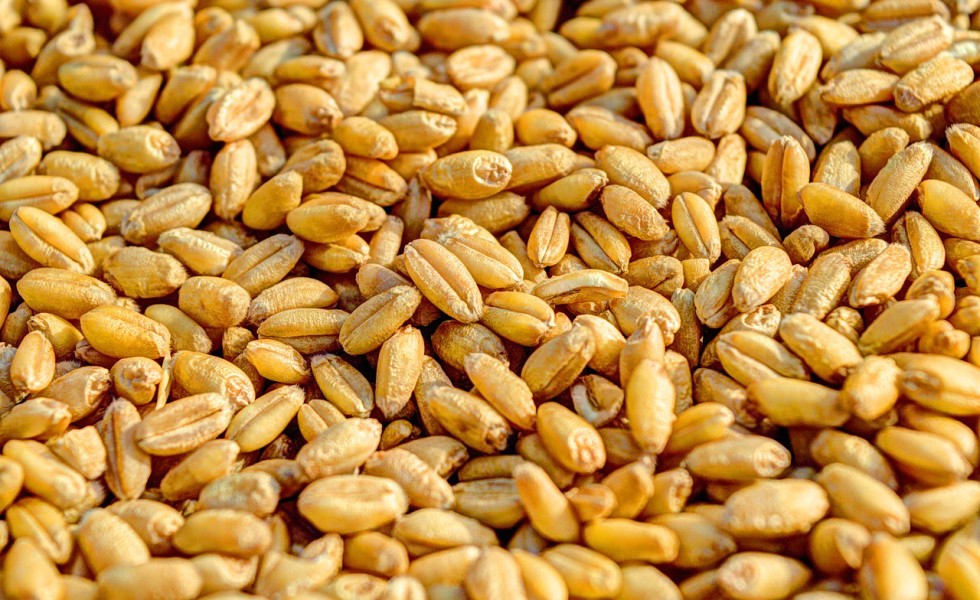The Simple Answer to the Simple Question
Posted on July 15, 2022

Oftentimes the simple answer to a simple question is the simple truth.
Some people, however, don’t want the simple truth, so they bend facts or shave figures so their square pegs replace roundly accepted reality. It’s commonplace in ag.
For example, on April 12, President Joe Biden traveled to Iowa to announce an expansion of the ethanol blend in summertime gasoline from 10 percent to 15 percent. Monte Shaw, the Iowa Renewable Fuels Association boss, called Biden’s action “the single most important step the President is empowered to take to keep fuel prices down this summer.”
But Biden’s political gambit and Shaw’s hefty hyperbole held more gas than any ethanol blend. Nationwide gasoline prices that day, according to AAA, averaged $4 per gallon. Today national gas prices hover around $5 per gallon, or 20 percent higher.
Despite the effort, many in farm country continue to blame the Biden Administration for high fuel prices. One reason, some conservative critics cite, is that crude oil production is slowing due to the White House’s allegiance to the “Green New Deal.”
That’s a stretch for two reasons. First, the Green New Deal isn’t law and, second, data from the U.S. Energy Information Agency shows that “average annual domestic crude oil production” rose from 5.3 million barrels per day (mb/d) during the Bush administration to 7.2 million mb/d under Obama to 11 mb/d under Trump to 11.2 mb/d under Biden.
But, hey, facts rarely sidetrack anyone committed to political railroading.
The same goes for agriculture. For months, we’ve been warned of an impending global famine because of Russia’s invasion of Ukraine, an important wheat exporter. Indeed, reported Politico June 17, U.S. officials “…estimate the (Russian) blockade (of Ukrainian ports) is holding back more than 20 million tons of grain from the world food supply, driving food prices and world hunger to near-crisis levels.”
Twenty million metric tons (mmt), or about 740 million bushels, is a lot of wheat–except when compared to global supplies. The U.S. Department of Agriculture’s (USDA) most recent World Agricultural Supply and Demand Estimates forecast 2022/23 world wheat production at 773.4 mmt, or 28.4 billion bu.
As such, the bottled-up Ukrainian wheat is equal to about 2.5 percent of this coming year’s world production–not nothing, but hardly enough to fuel a famine this year or any year.
Some market worriers, though, continue to make a mountain out of that molehill. On June 20, Farm Journal’s AgWeb noted that a private forecaster had pegged current global wheat stocks at 20 percent of yearly production instead of USDA’s recent estimate of 33 percent.
Again, that sounds like a dramatic drop but, as the story goes on to note, even at 20 percent–if accurate and there’s little proof of that–world stocks stand at “over 10 week’s of… wheat consumption in storage.”
Historically, that’s average supply–especially when compared to current and forecasted U.S. stocks of corn and soybeans.
According to the same USDA June report, current American soybean stocks now stand at a slim 4.6 percent of total usage and, given a productive 2022, a year from now will still be only 6.8 percent. Likewise, this year’s U.S. corn stocks are just 10 percent of usage and, estimates USDA, will slip to 9.6 percent in 2022/23.
And yet, despite very tight supplies of U.S. corn and soybeans in the coming year, no one sees either as cause for global concern. Instead, note the Cassandras, it’s wheat–with at least a 10 week world supply and, more than likely, a 15 week supply–as the problem.
I’m not alone in my doubt: Few in the futures market see 2022/23 wheat supplies as worrisome. From mid-May to late June, new wheat crop futures prices dropped 17 percent while new crop corn futures are just 9 percent lower and soybean futures are only 2 percent lower.
Simple numbers. Simple facts. Simple truth. Simple, right?
© 2022 ag comm
Share This